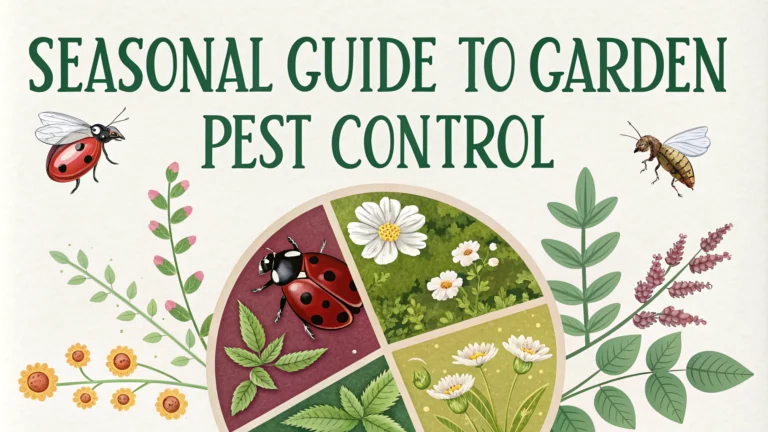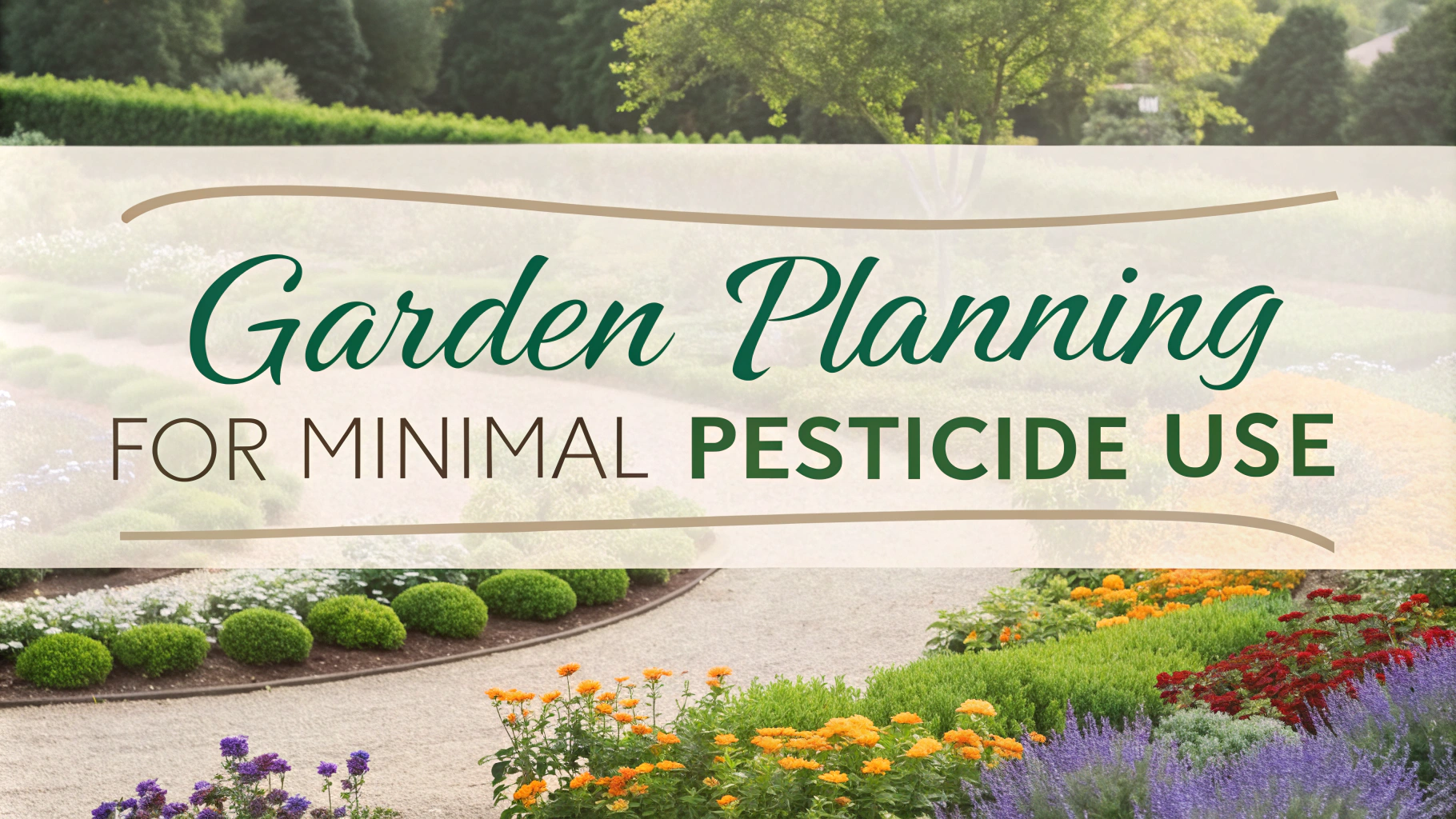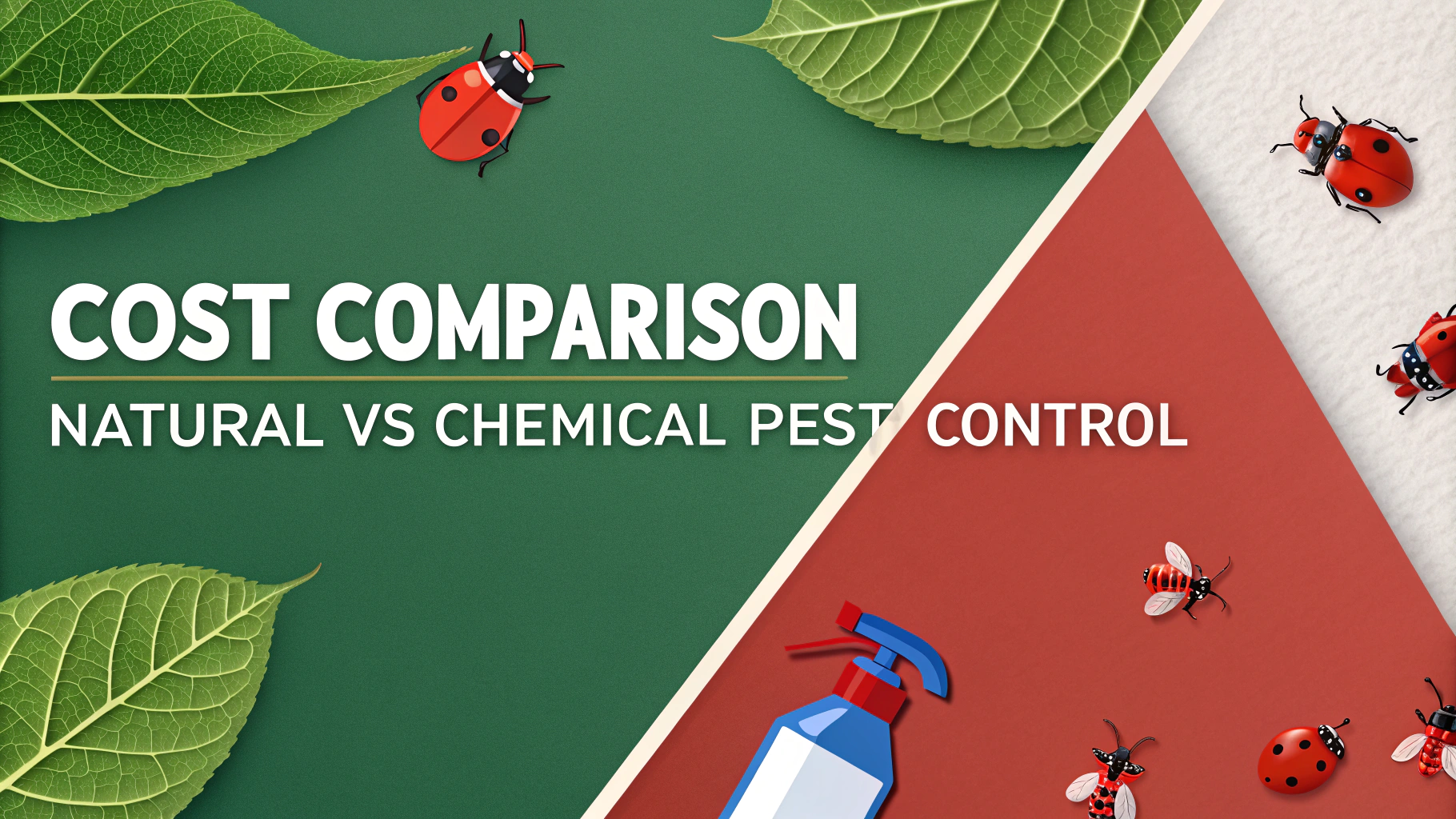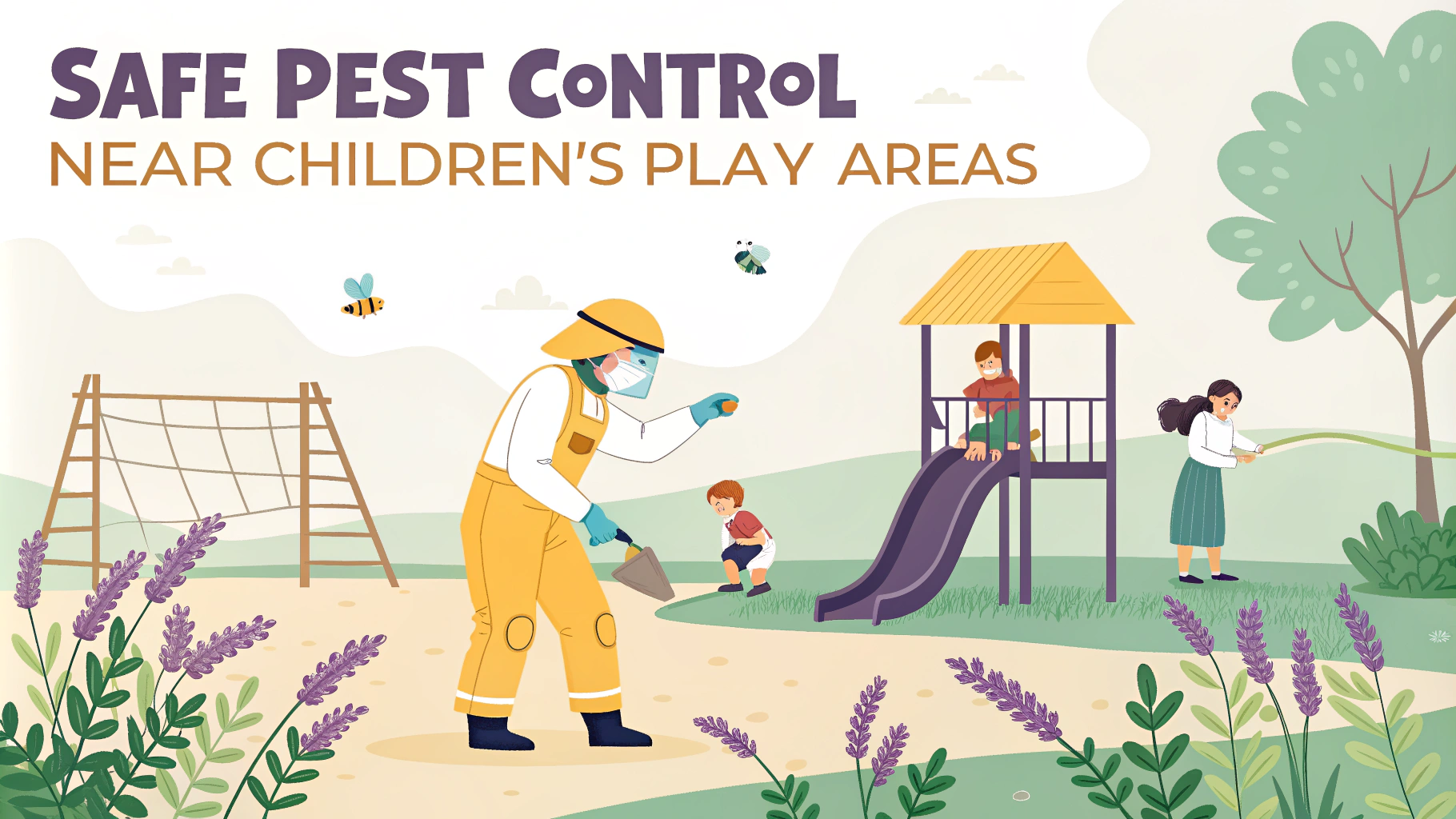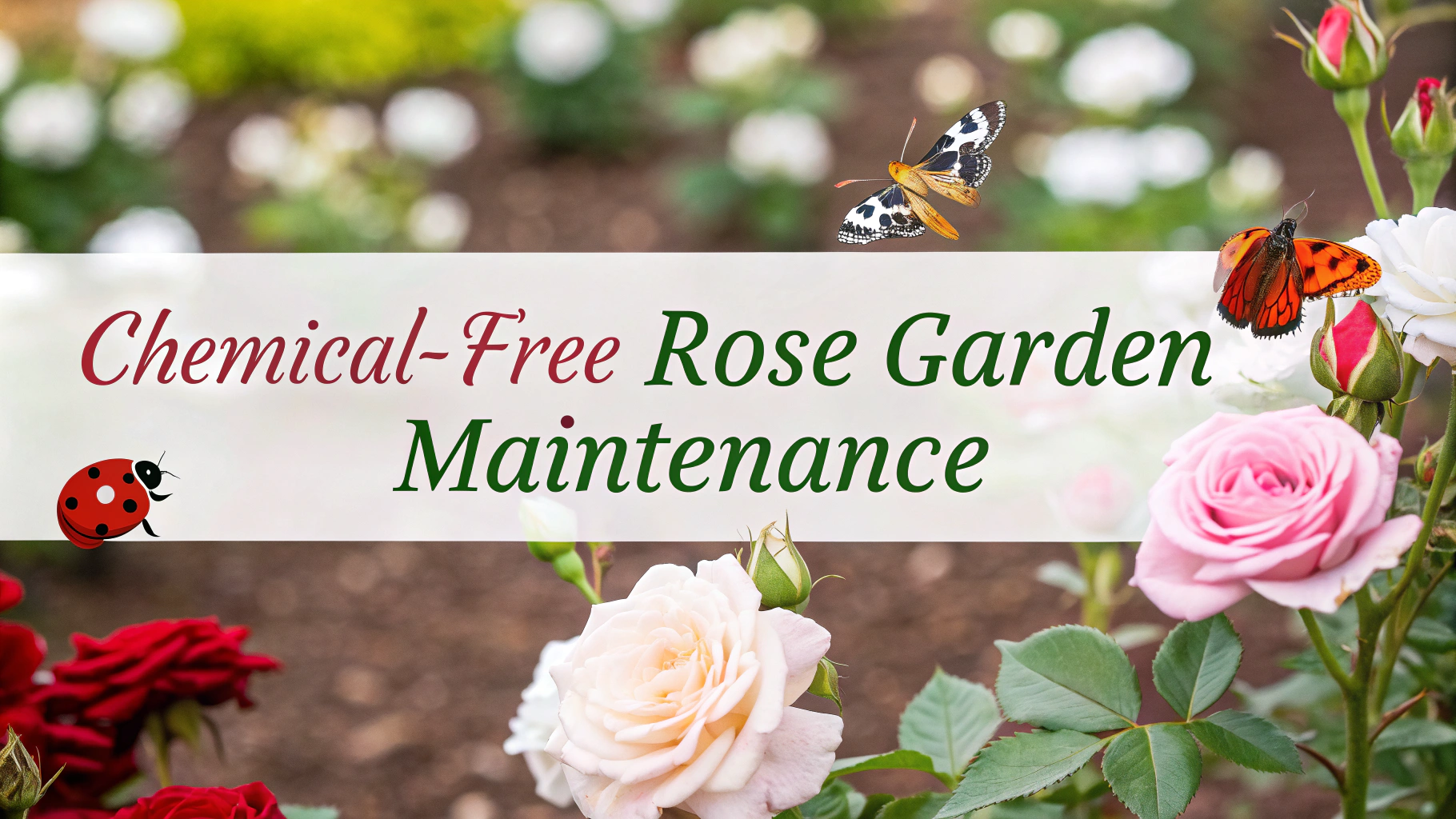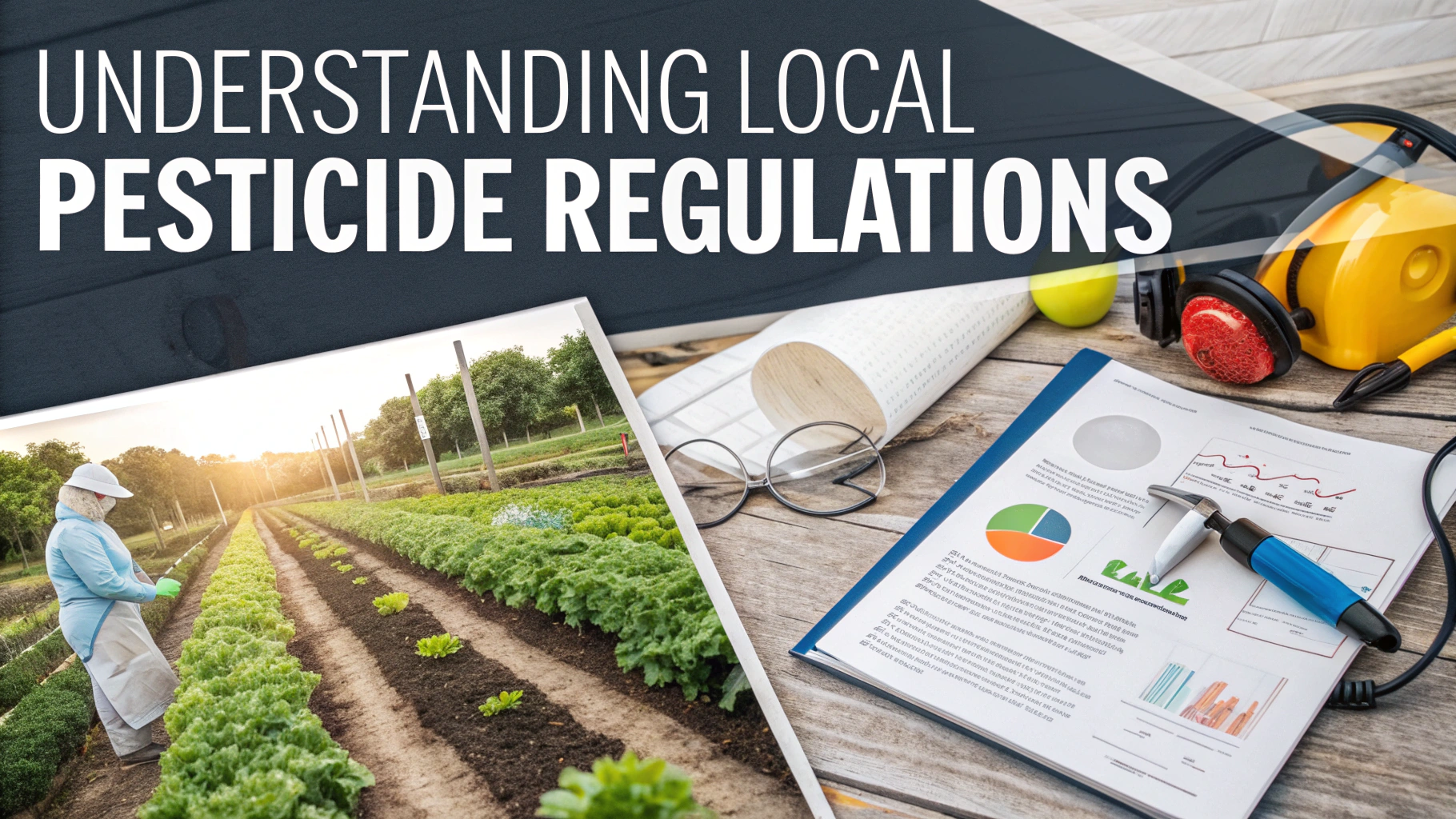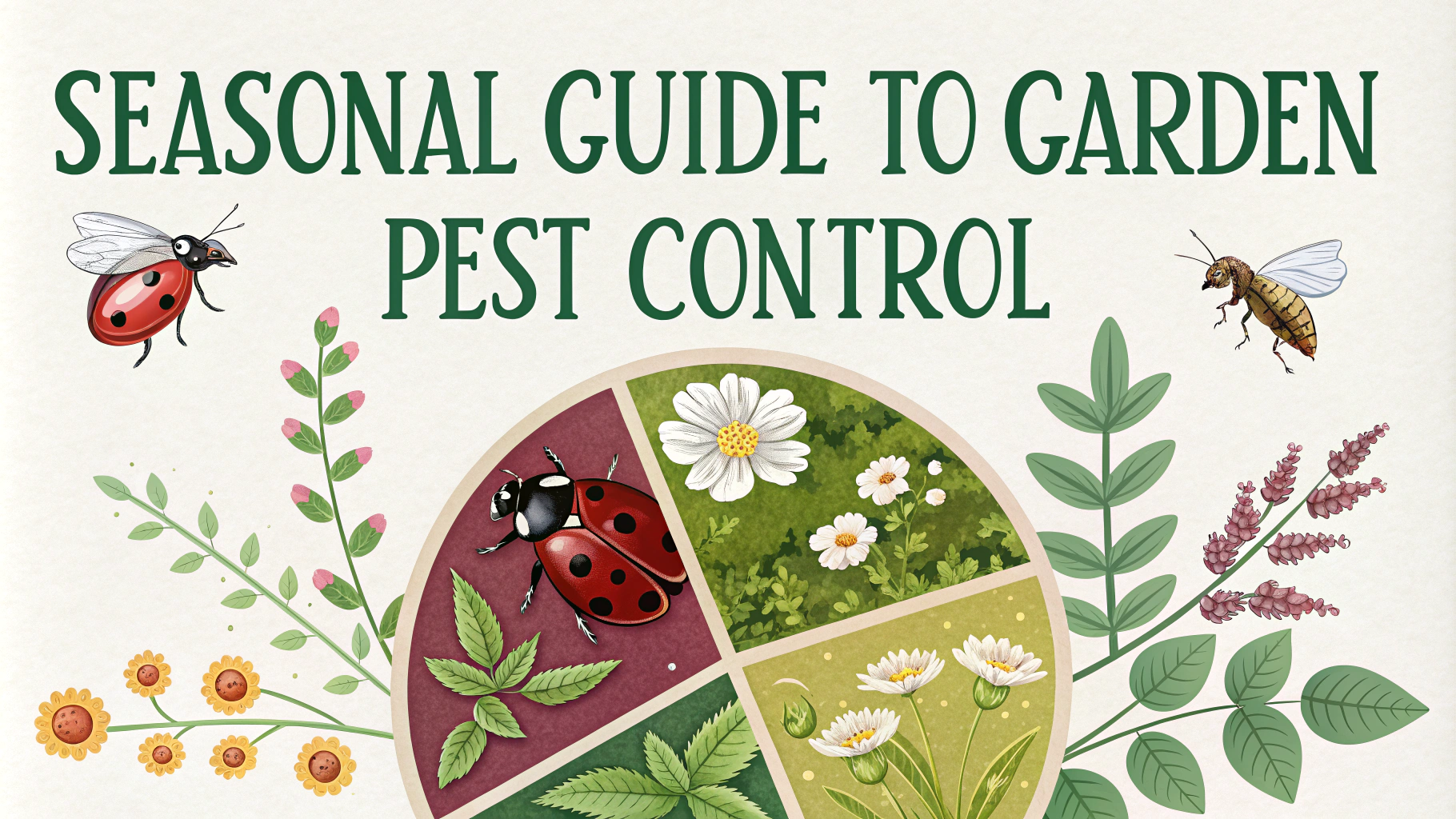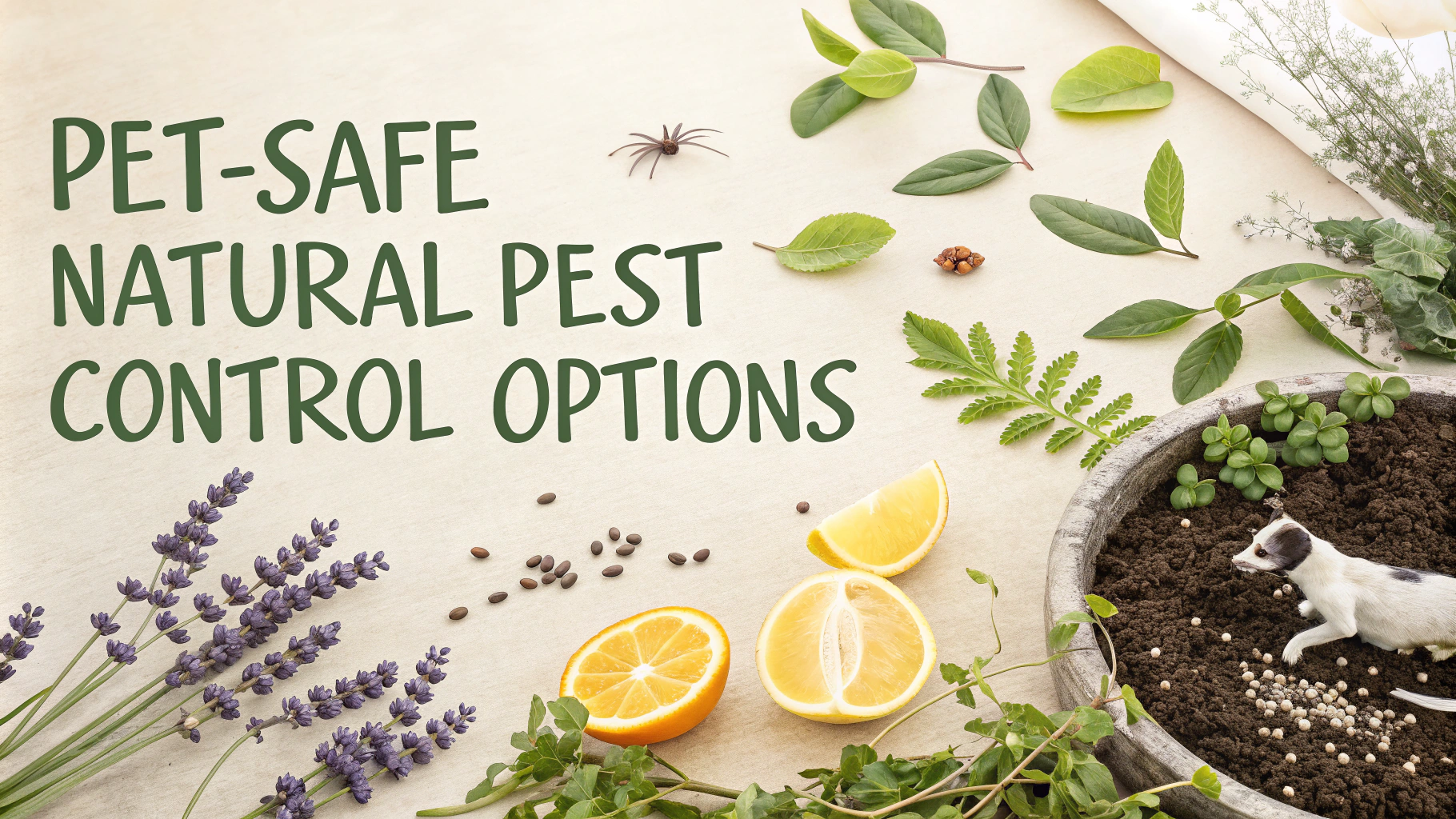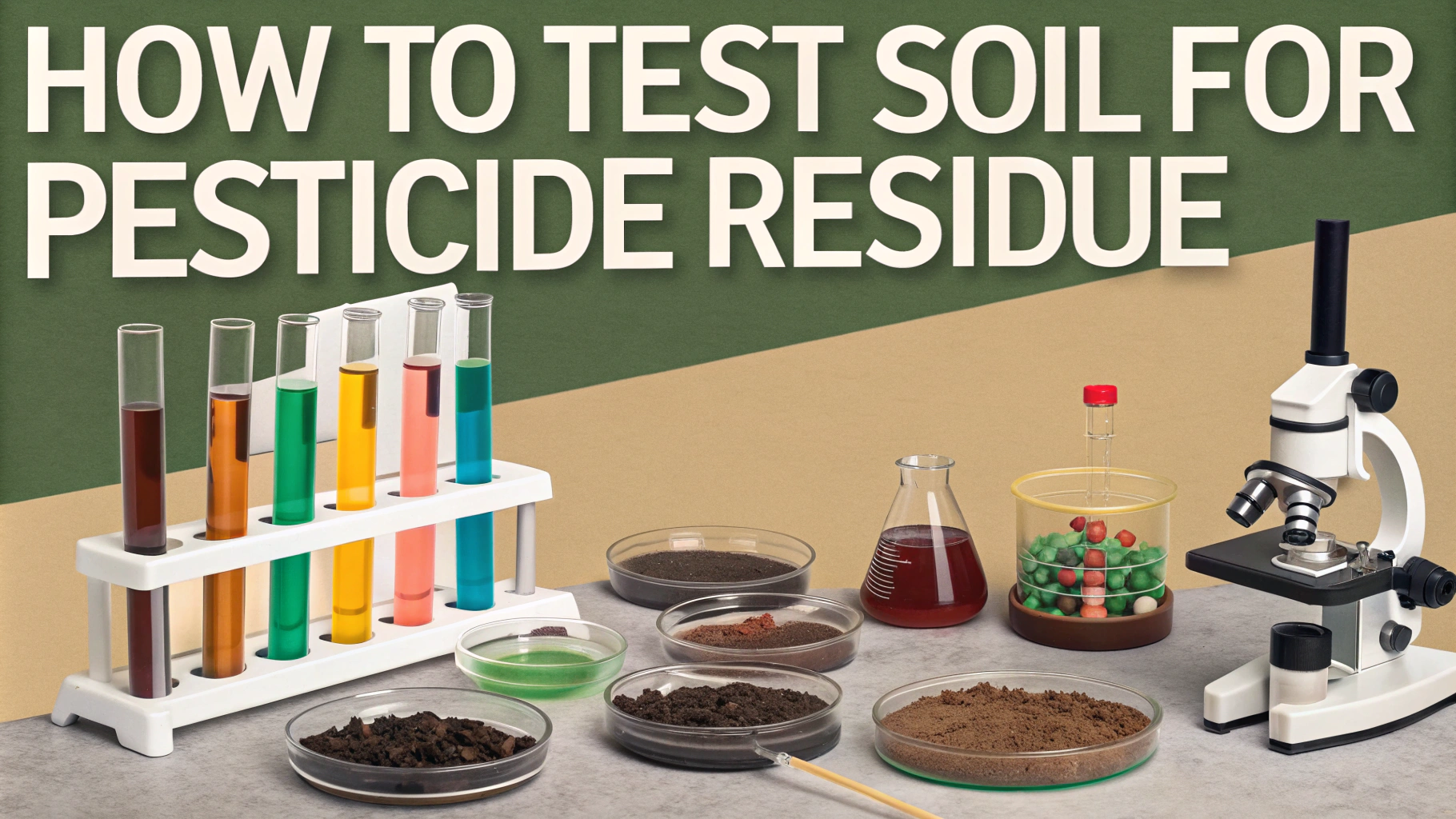Protecting your garden from pests requires different strategies throughout the year, as each season brings unique challenges and unwanted visitors.
Spring (March-May)
Early spring marks the emergence of aphids, cutworms, and slugs as temperatures warm up.
- Aphids: Spray affected plants with neem oil or insecticidal soap
- Cutworms: Place cardboard collars around seedling stems
- Slugs: Set up beer traps or spread diatomaceous earth around plants
Summer (June-August)
Summer brings increased activity from Japanese beetles, tomato hornworms, and spider mites.
- Japanese Beetles: Hand-pick in morning hours, use pyrethrin-based sprays
- Tomato Hornworms: Monitor daily, remove by hand, encourage parasitic wasps
- Spider Mites: Increase humidity with water sprays, apply insecticidal soap
Fall (September-November)
Fall pest control focuses on preventing overwintering insects and dealing with late-season invaders.
- Squash Bugs: Remove plant debris, trap under boards
- Cabbage Worms: Use row covers, spray with Bacillus thuringiensis (Bt)
- Earwigs: Set up rolled newspaper traps, keep garden debris-free
Winter (December-February)
Winter is the time for preventive measures and indoor pest management.
| Prevention Task | Method |
|---|---|
| Soil Treatment | Add beneficial nematodes to control grubs |
| Garden Cleanup | Remove dead plants and debris |
| Tool Sanitation | Clean and disinfect garden tools |
Natural Pest Control Methods
Chemical-free alternatives can effectively manage garden pests while protecting beneficial insects.
- Companion planting with marigolds, basil, and nasturtiums
- Installing bird houses and bat boxes to encourage natural predators
- Using row covers during peak pest seasons
- Maintaining healthy soil with regular composting
For severe infestations, contact your local extension office or master gardener program for specific guidance.
Emergency pest control services can be reached at 1-800-555-PEST (standard rates apply).
Monitoring and Prevention Tips
Regular monitoring and preventive measures are essential for successful pest management throughout the year.
- Inspect plants weekly for signs of damage or pest presence
- Keep detailed garden records of pest occurrences and treatments
- Maintain proper plant spacing for adequate airflow
- Practice crop rotation to prevent pest buildup in soil
Integrated Pest Management (IPM)
Combining multiple control strategies creates a more effective and sustainable pest management system.
- Cultural Control: Proper watering, fertilizing, and plant selection
- Physical Control: Barriers, traps, and manual removal
- Biological Control: Beneficial insects and natural predators
- Chemical Control: Used as last resort when other methods fail
When to Seek Professional Help
Consider professional intervention in these situations:
- Pest infestation spreads rapidly despite control measures
- Unknown pests or diseases appear
- Multiple pest species present simultaneously
- Valuable plants or crops are at risk
Conclusion
Successful garden pest control requires a year-round, multi-faceted approach combining preventive measures, regular monitoring, and appropriate interventions for each season. By understanding seasonal pest patterns and implementing various control methods, gardeners can maintain healthy plants while minimizing damage from unwanted visitors.
Remember to always start with the least toxic control methods and escalate only when necessary. Regular garden maintenance and healthy growing practices remain the foundation of effective pest management.
FAQs
- What are the most eco-friendly alternatives to chemical pesticides for garden pest control?
Natural alternatives include neem oil, insecticidal soaps, diatomaceous earth, companion planting, and introducing beneficial insects like ladybugs and praying mantises. These methods are safe for both the environment and beneficial garden organisms. - When is the best time to apply pesticides in the garden?
Apply pesticides early morning or late evening when beneficial insects are less active and temperatures are cooler. Avoid application on windy days or before rain to prevent drift and washoff. - How can I identify which pests are damaging my plants?
Look for specific damage patterns: holes in leaves (caterpillars/beetles), wilting (aphids/mites), tunnels in leaves (leaf miners), or chewed edges (slugs/snails). Inspect plants regularly, including leaf undersides, for proper identification. - What preventive measures can reduce pest problems before they start?
Implement crop rotation, maintain healthy soil, practice good garden hygiene, remove debris, use physical barriers like row covers, and plant pest-resistant varieties. - How long should I wait to harvest vegetables after applying pesticides?
Follow the pre-harvest interval (PHI) listed on the pesticide label. This can range from 1-14 days for most vegetable crops, depending on the specific product used. - Which pests are most active during different seasons?
Spring: cutworms and aphids; Summer: Japanese beetles and tomato hornworms; Fall: squash bugs and cabbage worms; Winter: overwintering pests in soil and plant debris. - How can I protect beneficial insects while controlling harmful pests?
Use targeted treatments instead of broad-spectrum pesticides, apply treatments when beneficial insects are less active, and maintain areas of native plants to provide habitat for beneficial insects. - What are the signs that indicate pesticide resistance in garden pests?
Increasing pest populations despite regular applications, reduced effectiveness of treatments, and pests surviving normal application rates are key indicators of resistance. - How should pesticides be properly stored and disposed of?
Store in original containers in a locked, dry location above freezing temperature. Dispose of empty containers and unused products through local hazardous waste collection programs, never in regular trash. - What safety equipment is essential when applying pesticides?
Wear long sleeves, long pants, closed-toe shoes, chemical-resistant gloves, protective eyewear, and an appropriate respirator when specified on the product label.
